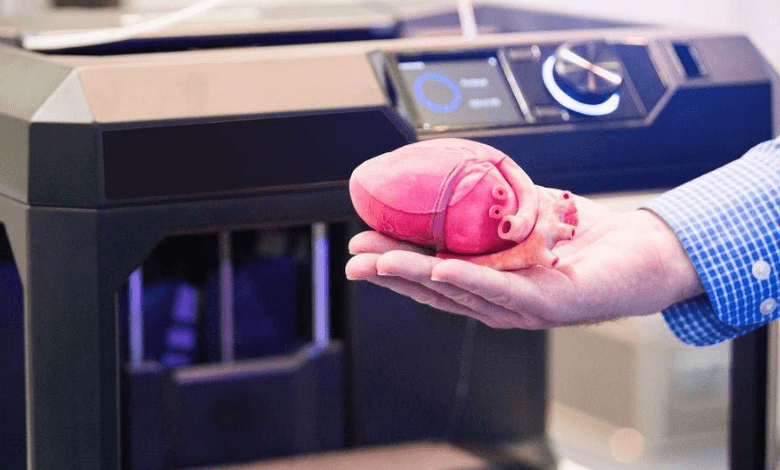How 3D Printing Is Changing the Future of Medicine

3D printing is increasingly influential in transforming medicine. It allows for the production of custom medical devices and prosthetics that fit individual patients perfectly. This precision enhances comfort and functionality. Moreover, the technology aids in surgical planning by creating patient-specific models. As advancements continue, the implications for regenerative medicine and bioengineered solutions are profound. What potential breakthroughs lie ahead as these innovations unfold in the medical field?
Custom Medical Devices and Prosthetics
As advancements in 3D printing technology continue to evolve, the development of custom medical devices and prosthetics has become increasingly sophisticated.
Personalized implants are now tailored to individual anatomical needs, enhancing comfort and functionality.
These innovations provide orthopedic solutions that improve patient outcomes, reduce recovery times, and foster a sense of autonomy.
The potential for customization heralds a new era in medical treatment and rehabilitation.
See also: https://arcenturfpro.com/
Advances in Surgical Procedures
The integration of 3D printing technology into surgical procedures represents a significant advancement in the field of medicine, enhancing the precision and effectiveness of operations.
This innovative approach facilitates meticulous surgical planning by creating patient-specific models, ultimately leading to improved patient outcomes.
Surgeons can rehearse complex procedures, reducing risks and increasing the likelihood of success, thereby transforming the landscape of surgical interventions.
The Future of Regenerative Medicine
While advancements in technology continue to reshape various medical fields, the future of regenerative medicine holds particular promise for restoring damaged tissues and organs.
Innovations in stem cell applications and tissue engineering are paving the way for groundbreaking therapies. These developments could enable the creation of bioengineered organs, enhancing patient outcomes and offering new avenues for healing, ultimately fostering a more liberated approach to healthcare.
Conclusion
In conclusion, 3D printing is not just a passing trend; it is, quite literally, changing the game in medicine. By enabling the development of tailored medical devices, enhancing surgical precision, and advancing regenerative medicine, this technology is setting the stage for a future where patient care is more personalized and effective. As the medical field continues to embrace these innovations, the potential for improved health outcomes is boundless, paving the way for a new era in healthcare.




